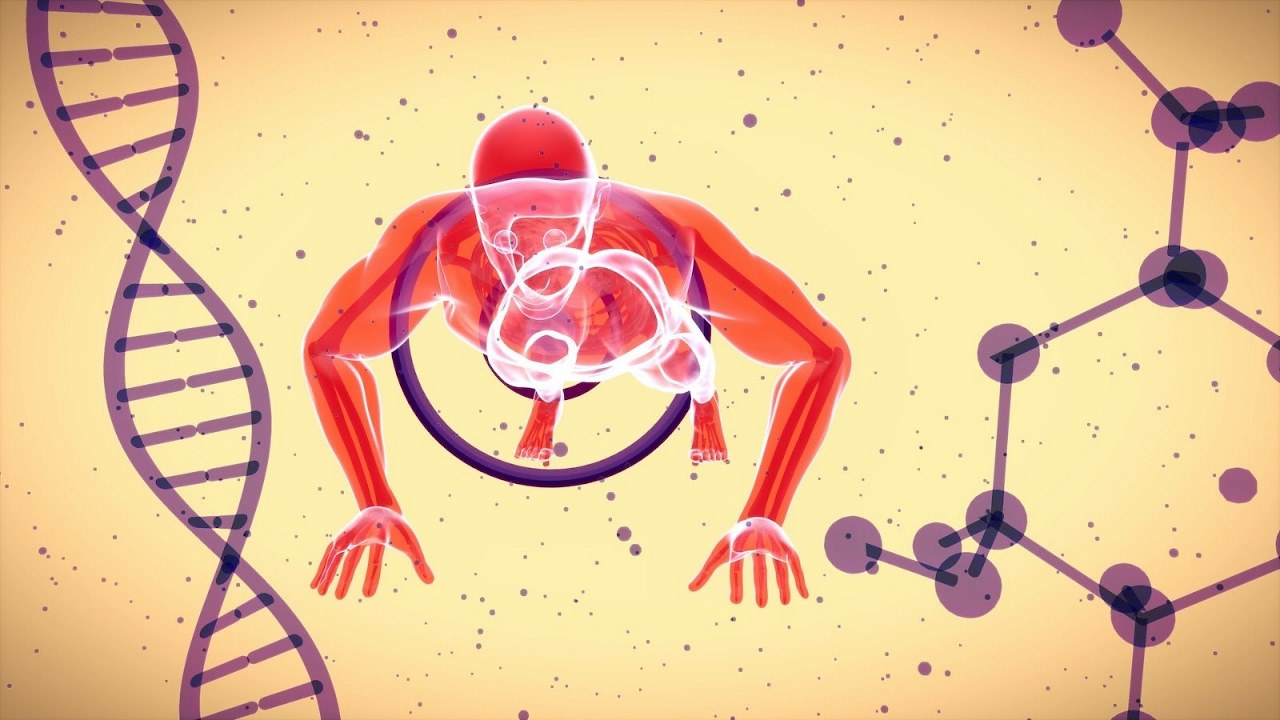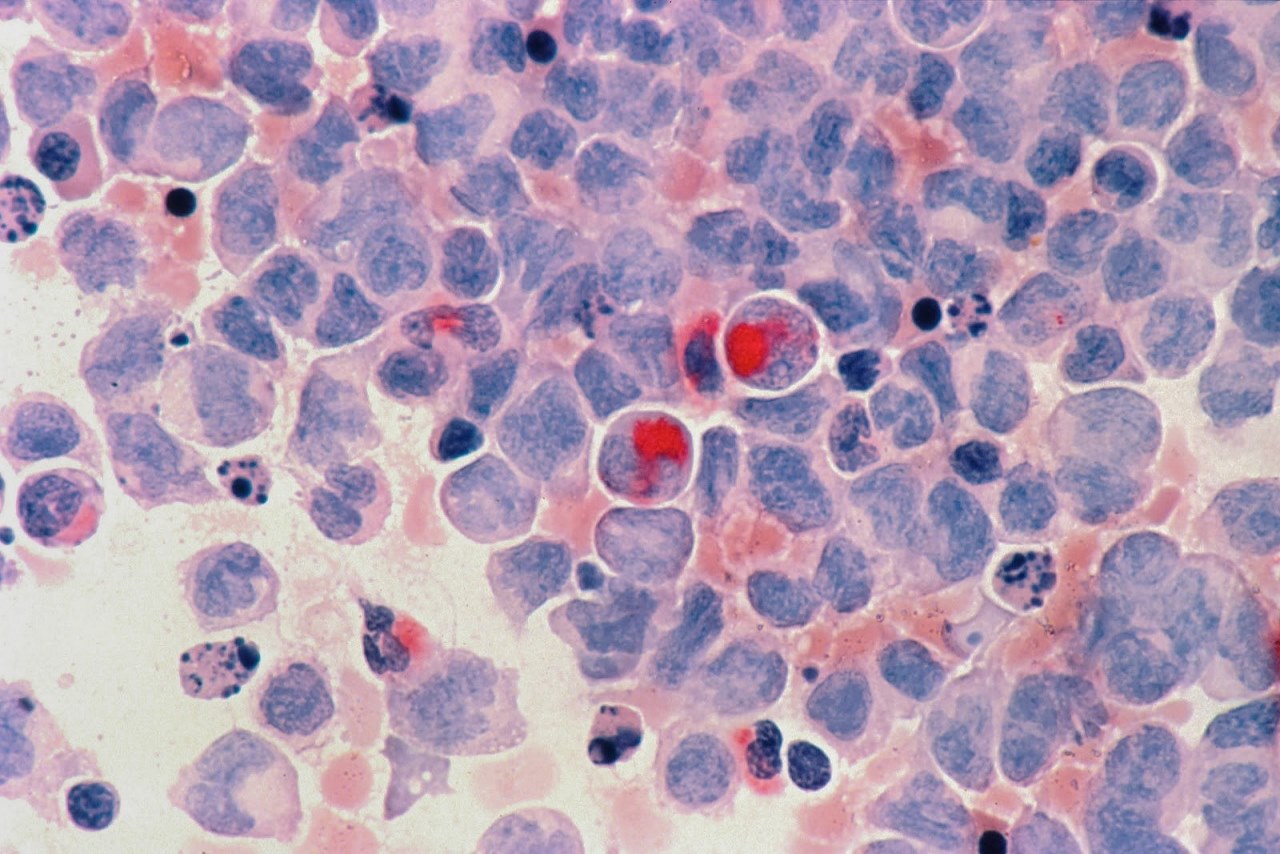How To Use Custom Peptide in Vaccine Design
Jul 4th 2023
Vaccination is one of the public health interventions that has had the most significant success throughout its history. As a result of vaccination, diseases like smallpox and poliomyelitis have been eradicated or nearly eradicated worldwide. Despite these impressive achievements, vaccinations for various illnesses continue to elude researchers.
Hence, several different approaches have been developed to introduce particular immunogenic vaccine elements to the immune system in the hopes of evoking a therapeutic or preventive immunological response.
In the past, clinical researchers had to inject live but weakened microorganisms or dead microbes to induce immune responses. But it is hard to grow numerous pathogenic microbes in a lab, so making live modified or inactivated vaccines from these pathogens is challenging.
Fortunately, today's researchers can take this reductionist method a notch higher for the most accurate choice of vaccine components using epitope-based peptide vaccines, which are the focus of this guide.
Consequently, this post discusses the general tips for how to use custom peptides in vaccine design.
Let’s begin.
The Use of Peptides in Vaccine Design

Due to improvements in administration, design, and stability, there is a newfound interest in using peptides as therapies. Also, the use of peptides in designing vaccines is getting more and more attention as researchers learn more about the processing of proteins' immunogenic epitopes in various tissues and as they discover disproportionately long cytotoxic T-lymphocyte epitopes.
This helps expand the target spectrum and hints at how to make peptides more immunogenic.
To control their processing independently of tissue-specific proteolysis and to maintain these substances in vivo, peptides can also be produced with recognized post-translational modifications and purposefully added protease-resistant peptide links.
In short, custom peptide libraries make it easier to find epitopes when designing vaccines.
However, there are two significant areas for improvement in the search for immunogenic epitopes on proteins.
In addition, peptide pools can make it easier to find epitopes for vaccinations. For the second type, several immune-stimulating epitopes are put together to see which combos most trigger lymphocytes.
Using Peptide Libraries to Evaluate Peptide Vaccines
An essential part of creating effective vaccinations is the ability to predict how they will function in the body. Although human exposure is usually the most informative approach for establishing vaccine efficacy, it is not always practicable or acceptable, mainly when dealing with vaccinations for infectious diseases.
Also, figuring out how well a vaccine will work depends on how well scientists comprehend the interactions between cells that control the immune response. Using custom peptide libraries can reveal how effectively a vaccine will affect patients in this regard.
Peptide Vaccine Designing with Epitopes Use
The selection of epitopes capable of stimulating humoral and immunity of T-cells is an essential first step in designing synthetic peptide vaccines. There are a few different ways to pinpoint your epitopes of interest.
1. Overlying Custom Peptides

Jiang and his team made a collection of synthetic peptides that overlapped and covered the intended sequence. In this scenario, antisera were collected from swine and mice immunized against SARS-CoV-2 using the virus's receptor binding domain.
To determine which antisera had B cell epitopes, they were mixed with overlying peptides sheltering the RBD. The researchers then demonstrated the respective peptides possessed inherent immunogenicity and could elicit neutralizing antibodies.
Adopting this overlying peptide method has the glaring drawback of missing non-sequential structural epitopes that may be crucial in neutralizing targets.
2. Database/Computer Algorithm
The software can also figure out what epitopes will be available. Gong selected their putative HLA-DR1-confined, tuberculosis-aimed T cell epitopes obtained via the Immune Epitope Database (https://www.iedb.org/) and validated them with an ELISPOT assay.
They created a recombinant poly-epitope by joining the necessary peptides with an adaptable linker (GGGGS) rather than employing the pooled peptides as a vaccine. The vaccine made with poly-epitope provided adequate protection against tuberculosis infection in humanized mice by stimulating robust cellular defense.
Combining epitopes like this has a clear benefit over using pooled peptides, wherein you have only one product, making it much simpler; to monitor quality during production and ensure it meets standards.
3. Enhanced Pathogens

D'haeseleer describes a brand-new epitope mapping strategy. The authors collected antisera from immunized mice against a specific disease. These custom antibodies were attached to beads and incubated with a pathogen that had been trypsinized to create a library of peptides.
Next, mass spectrometry was used to ascertain the identities of the peptides captured using these beads. They confirmed the immunogenicity of epitopes discovered in this manner against two bacterial diseases (Burkholderia pseudomallei and Francisella tularensis).
Surprisingly, after comparing their method to computer-dependent epitope mapping they realized that it was highly successful at discovering empirically confirmed epitopes, despite certain computer-selected epitopes yielding better in silico ratings.
However, because of the nature of the methodology, it cannot identify epitopes that contain a tryptic division site. This is an unavoidable drawback of this technique.
4. Neoantigens: Computer Algorithm & Sequencing
The development of therapeutic cancer vaccines depends on discovering tumor-targeted neoantigens, which can be aimed using peptide-derived vaccines. The development of customized peptide vaccines was accomplished by Chen through the integration of next-gen sequencing, epitope prediction algorithms, and bioinformatics.
Vaccines developed in this approach have shown encouraging results in clinical trials involving seven individuals with pancreatic cancer.
5. Overlapping Recombinant Peptides
To stimulate T cells, investigators employed recombinant overlying peptides (ROPs) derived from type 16 E7 human papillomavirus. Since overlapping peptides circumvent the border problem, they must include all potential T-cell epitopes for distinct MHC phenotypes. So, they activate the immunity of T cells in a wide range of ways.
ROPs have an easy manufacturing procedure and provide a relatively straightforward route from preclinical research to regulatory approval because they are produced by custom protein production services as one protein output in Escherichia coli.
Peptide Vaccine Adjuvant and Conjugation
Peptide vaccines require potent adjuvants alongside epitopes that excite CD8+, CD4+ T cells, and B cells. This is because peptide vaccines aim to enhance innate immunity.
To induce a strong innate inflammatory response, experts describe the efficacy of vaccinations containing cell-penetrating peptides encoding ovalbumin (OVA) or human papillomavirus (HPV) or T cell epitopes and the adjuvant catalyst of interferon-gamma gene agonist.
This method inhibited the response from Treg cells while simultaneously stimulating Th1 CD4+ and CD8+ T cell feedback. The mice infected with the TC-1 tumor survived significantly longer due to the vaccine's efficacy.
On the other hand, the vaccine combines nanoring components from the respiratory syncytial virus with weakened but retained antigens from the influenza virus. This "nanoring" activates the body's innate immune system, mainly via the TLR5 receptor.
This vaccine successfully elicited robust cellular and humoral immune reactions when administered through the mucosal route. The vaccine kept mice from getting sick but did not work on chickens.
Engineering Peptide-based Vaccines
Apart from the approaches described above, Increasing the efficacy of peptide therapies has required implementing many different techniques, such as glycosylation, alteration of the amino acid sequence, cyclization, and pegylation.
Only the substitution of amino acids inside a peptide epitope's sequence is directly applicable to vaccination research among these methods. Most simple changes to epitopes have been MHC-anchor replacements, in which less-than-ideal anchor residues are switched out for better MHC affinity and immunogenicity.
Additionally, heteroclitic analogs that include alterations other than the MHC-anchor residues and the ability to cause T-cell hyperstimulation have been discovered.
These analogs are of particular interest in the quest to create more effective vaccinations. This finding could be clarified because the MHC/peptide complex is more stable, and the TCR–peptide/MHC complex is more active and stays in place longer.
Heteroclitic antigens can disrupt T-cell tolerance, which can aid in the formation of antitumor immunity, which usually entails self-antigens. Heteroclitic antigens can also cause a clonal expansion of T cells. These methods can improve vaccine parts, but they were limited to substituting amino acids found in nature at one point.
Plus, non-natural amino-acid analogs are frequently introduced into the peptide epitope to boost class I affinity and TCR avidity and offer favorable physicochemical features like protease resilience and oral durability.
These methods can improve vaccine parts, but they were limited to substituting amino acids found in nature at one point.
Multiple researchers have investigated adjustments that integrate resistance against proteases and give modest conformational alterations to the peptide/MHC complex. When -amino acids are added to epitopes, they can make the replica attach to the MHC molecule more strongly than the wild-type peptide.
The fact that the side chains of -amino acids are similar to the side chains of their parent -amino acids is of utmost significance when preserving the same qualities as the original epitope. Meanwhile, peptides made entirely of -amino acids are utterly resistant to breakage by proteases after adding methylene moiety.
Moreover, it has been demonstrated that even the smallest amino acid changes of the naturally existing -amino-acid with the homologous -amino-acid residue can significantly impact the general stability of the whole peptide.
Other ways to make proteins resistant to proteases and keep T-cell cross reactivity include modifying the peptide backbone, using D-amino acids, or retro inverting sequences (in which all the amino acids in an epitope are changed to D-amino acids and the order of amino acids is switched).
Several studies are available online that describe these methods. Peptides can be protected from degradation by modifying their N- and C-termini by exopeptidases.
N-acetylation and C-amidation are the two most common forms of these changes. The specific delivery of peptide-based therapies to the immune system is made possible by the capacity for stabilizing short peptide epitopes and limiting the proteolysis of larger precursor peptides by safeguarding scissile-peptide links or by controlling antigen processing.
Advantages of Peptide-based Vaccines
Provided you carry out the steps correctly, some benefits you can derive from peptide-based vaccines include the following:
Features of Peptide Synthesis Services

Clearly, the next generation of vaccines must take a systematic approach to personalize the intended immune response. Fortunately, rapid technological advances make identifying patient-specific epitopes based on their HLA haplotypes possible, ushering in a new era of molecular remedies.
Immunologists now have the tools to dissect the molecular components of an effective immune response, and their investigations have uncovered a wide range of biochemical variability across therapeutically relevant epitopes.
By avoiding the demands for antigen preparation and sending an exact and chemically regulated payload to the APC, peptides present a flexible and straightforward solution to handle many of these complications.
In addition, peptides have characteristics that are more similar to those of drugs than recombinant proteins or entire pathogen vaccines, creating new opportunities for the delivery of vaccines, production of Elisa kits, and sparking the interest of the pharmaceutical sector.
Conclusion
To this day, vaccines designed to prevent infectious diseases are far more effective than cancer vaccines. This is primarily because infectious disease microbes are non-self while displaying a considerably broader immunological target, stimulating robust innate, humoral, and cellular immune responses.
Despite this, major strides have been made in detecting antigens unrelated to foreign diseases. These antigens include neoantigens and tumor-associated antigens (TAA), which can be utilized by vaccine technology, most notably through peptide vaccines.
These advancements, along with recent improvements in the clinical use of IO drugs, present the possibility of personalized combination therapy that may completely change the mode of treatment of many malignancies.
Hopefully, this guide provides a general overview of how to approach vaccine design using custom peptides. If you still have any doubts, you can contact Biomatik for technical assistancein recombinant antibody service, protein expression & production service, and custom protein production, among many others.

